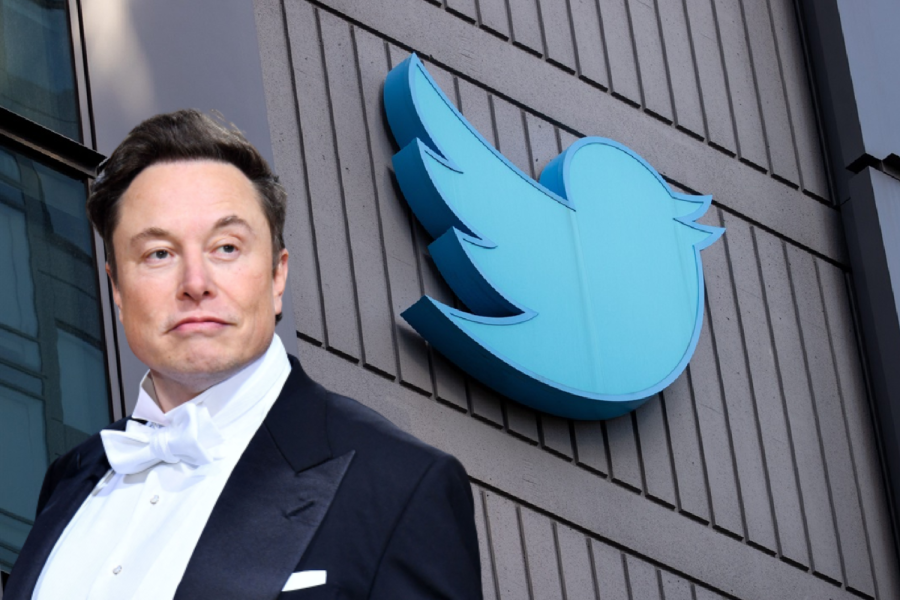Large scale firings occur across tech companies
After Elon Musk, CEO of Twitter, fired nearly half of its employees soon after buying the company, tech giants like Meta, Amazon, and Stripe followed suit by laying off employees throughout November.
Musk’s decision to fire roughly 3,700 of Twitter’s employees was hardly unexpected; Musk had publicly posted about the layoffs, citing losses as the main reason.
“Elon Musk’s recent decisions with Twitter, such as re-hiring some crucial employees that he had previously fired, has been quite confusing,” Eddie Chu (11), an active Twitter user, said. “However, I think he is moving in the right direction to make Twitter more profitable; his stance on free speech on the platform will surely have a positive impact on Twitter’s growth by attracting more influencers and users.”
What was unexpected were the hiring freezes or further layoffs from other tech companies. Meta fired 11,000 employees. or roughly 13 percent of its workforce, in November. Stripe fired 1,000 employees, or roughly 14 percent of its workforce. Apple also halted hiring more employees in many of its sectors.
These layoffs are not limited to tech giants; Carvana, Roku, and many more announced layoffs throughout November. A list of layoffs can be found here.
While there is no exact reason why the influx of firing by tech companies started in November, some attribute it to the mass hiring of developers during the height of the pandemic when many people went online for day-to-day tasks. Others attribute the mass firings to slowed revenue growth by many companies and the rise in the inflation rate, causing companies to cut losses by firing portions of their workforce.
“As an aspiring Computer Science major, I think employment definitely affects my decision,” Steven Kim (11), a tech enthusiast, said. “After all, if I can’t get a job after college, what would be the point of paying thousands of dollars to go to college other than to learn subjects at a higher level?”

Andrew is a senior reporter for Tiger Times Online. He enjoys cycling, watching anime, and listening to some ? jazz ? in his off-time. Feel free to approach...

